SLUUC38B June 2019 – April 2021 TPS563202
5.1 Layout
The board layout for the TPS563202EVM is shown in Figure 5-1, Figure 5-2 and Figure 5-3. The top layer contains the main power traces for VIN, VOUT, and ground. Also on the top layer are connections for the pins of the TPS563202 and a large area filled with ground. Most of the signal traces are also located on the top side. The input decoupling capacitors, C2, C3, and C4 are located as close to the IC as possible. The input and output connectors, test points, and all of the components are located on the top side. The bottom layer is a ground plane along with the switching node copper fill, signal ground copper fill and the feed back trace from the point of regulation to the top of the resistor divider network. Both the top layer and bottom layer use 2 oz copper thickness.
Figure 5-4 and Figure 5-5 are the TPS563202EVM board top view and bottom view, respectively.
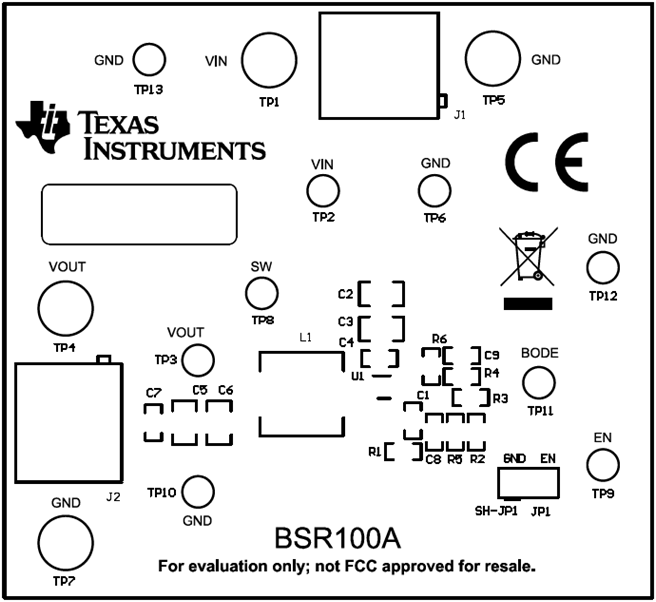 Figure 5-1 TPS563202EVM Top Assembly
Figure 5-1 TPS563202EVM Top Assembly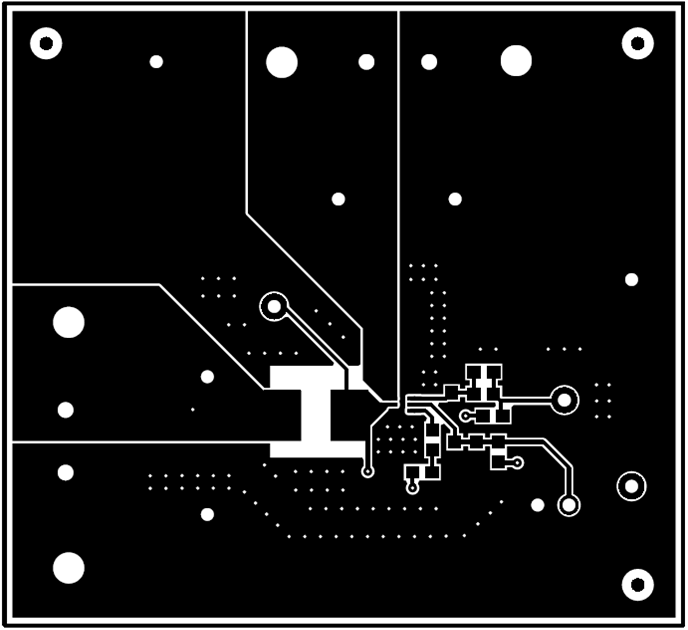 Figure 5-2 TPS563202EVM Top Layer
Figure 5-2 TPS563202EVM Top Layer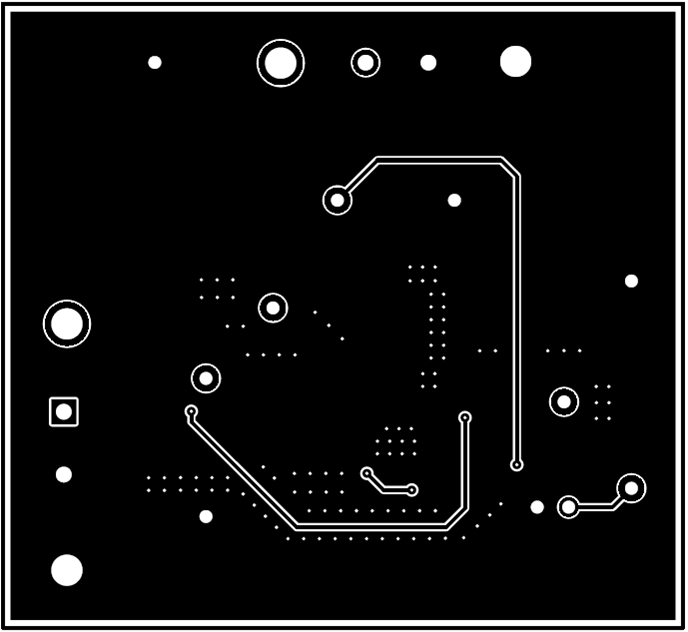 Figure 5-3 TPS563202EVM Bottom Layer
Figure 5-3 TPS563202EVM Bottom Layer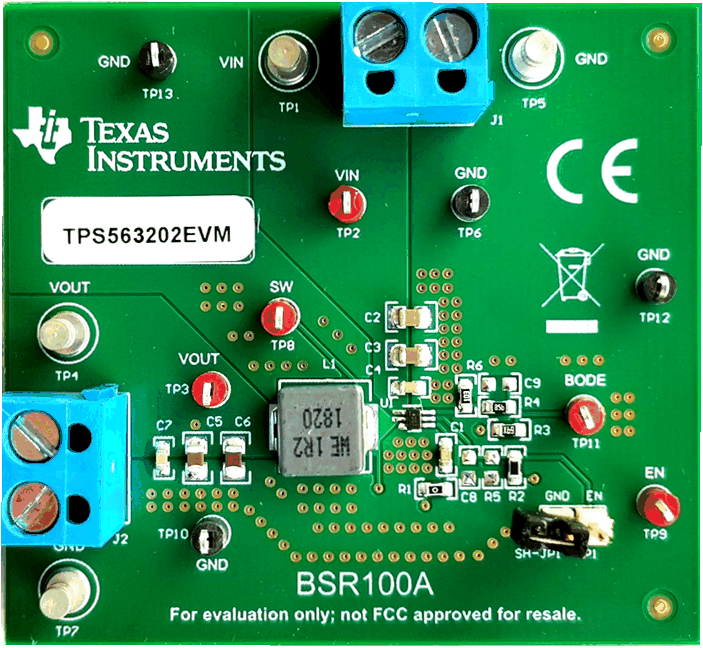 Figure 5-4 TPS563202EVM Board Top View
Figure 5-4 TPS563202EVM Board Top View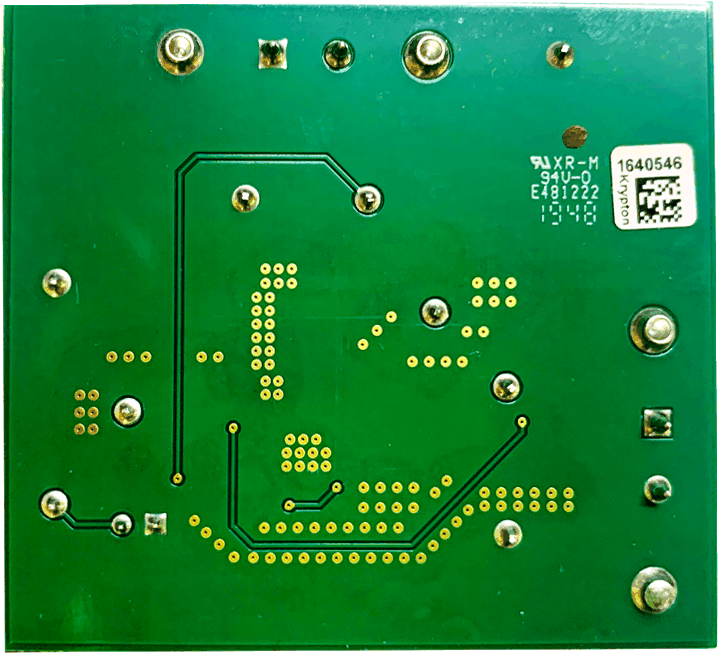 Figure 5-5 TPS563202EVM Board Bottom View
Figure 5-5 TPS563202EVM Board Bottom View